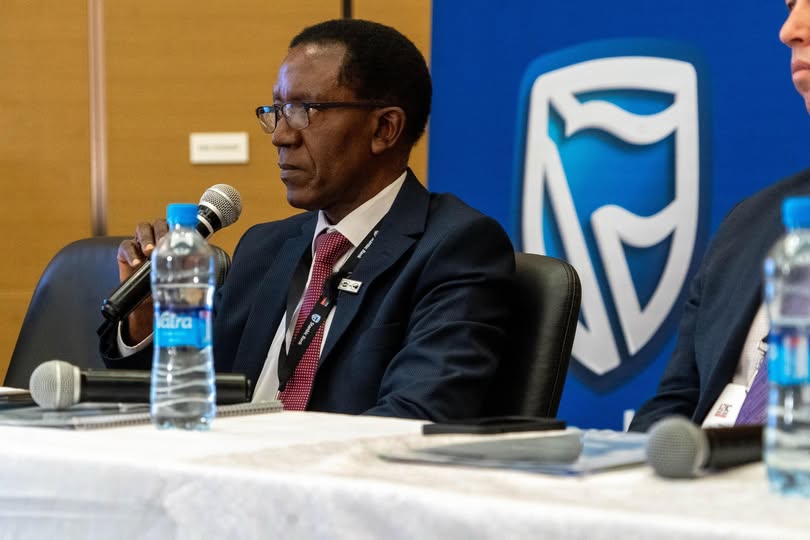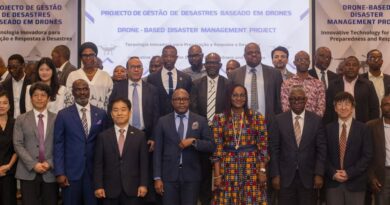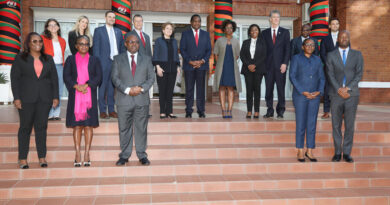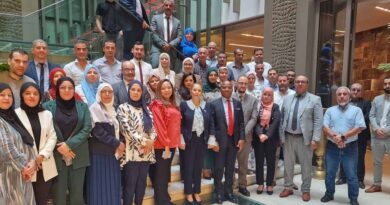CEC, ZESCO Partner to Develop Solar Projects Across Zambia
Copperbelt Energy Corporation (CEC) and ZESCO Limited have entered advanced discussions to jointly develop solar photovoltaic (PV) projects across Zambia, officials from both institutions confirmed on Thursday.
The announcement was made during the Invest Zambia International Conference held at Mulungushi International Conference Centre under the theme “Sustained Investment in the Energy Sector – Trends and Opportunities.”
CEC Head of Investments and Government Relations, Silvester Hibajene, said the two power companies are working on a public-private partnership (PPP) model aimed at accelerating the rollout of renewable energy projects in the country.
“We are in advanced discussions with ZESCO on a model to invest together in a number of solar projects across the country,” Hibajene said. “CEC has already completed quite a number of solar projects. We want to do more together through a PPP model that shares risk and improves delivery.”
CEC currently has 94 megawatts (MW) of installed solar PV capacity and is constructing the 136MW Itimpi II project, expected to be completed by the first quarter of 2026. This will bring the company’s total solar capacity to 230MW.
Meanwhile, ZESCO Managing Director Justin Loongo confirmed that the state power utility is expanding its solar development portfolio. ZESCO recently commissioned the 100MW Chisamba Solar PV plant and plans to begin construction of the 100MW Chisamba II plant next month.
Loongo said ZESCO has identified additional sites in Siavonga, Chipata, the Kafue Gorge Lower area, Mumbwa, and Kasama for future solar PV plants, each with a peak capacity of 100MW.
“We are going to roll out these 100MW plants until the system shows it can no longer take more solar without causing instability to the grid,” Loongo said.
He added that ZESCO is also pursuing new hydroelectric projects in northern Zambia to provide a stable base load that supports intermittent solar power.
To address financing challenges, Loongo said ZESCO is opting for faster, alternative financing methods rather than traditional models that can take years.
“For example, with the 100MW Chisamba solar plant, we secured financing from Stanbic in under a year, unlike traditional financing from banks like the World Bank, which can take up to four years,” he said.
The government is targeting the addition of 1,000MW of solar power to the national grid by the end of 2025 to reduce reliance on drought-prone hydroelectric power sources.



